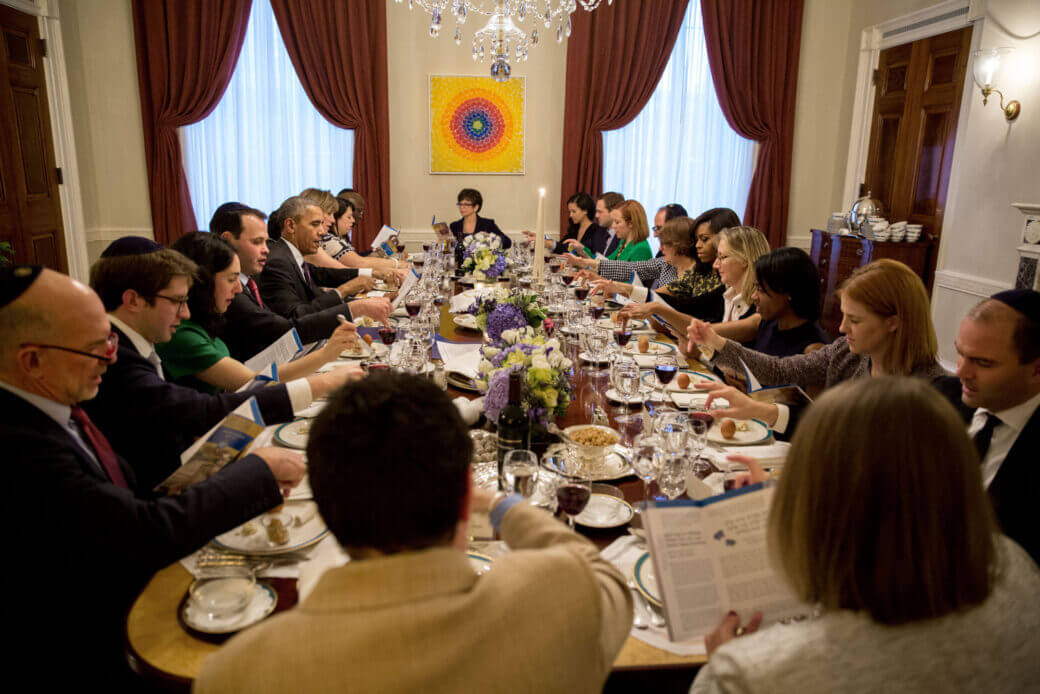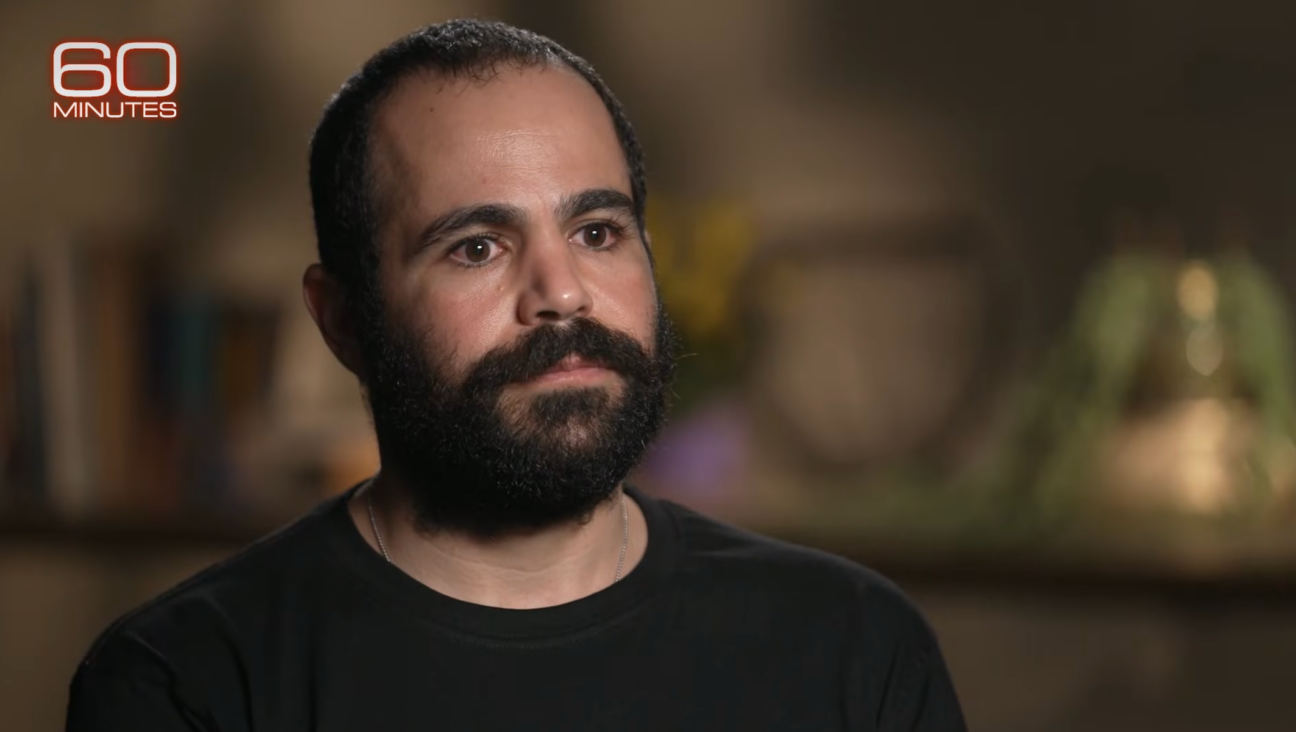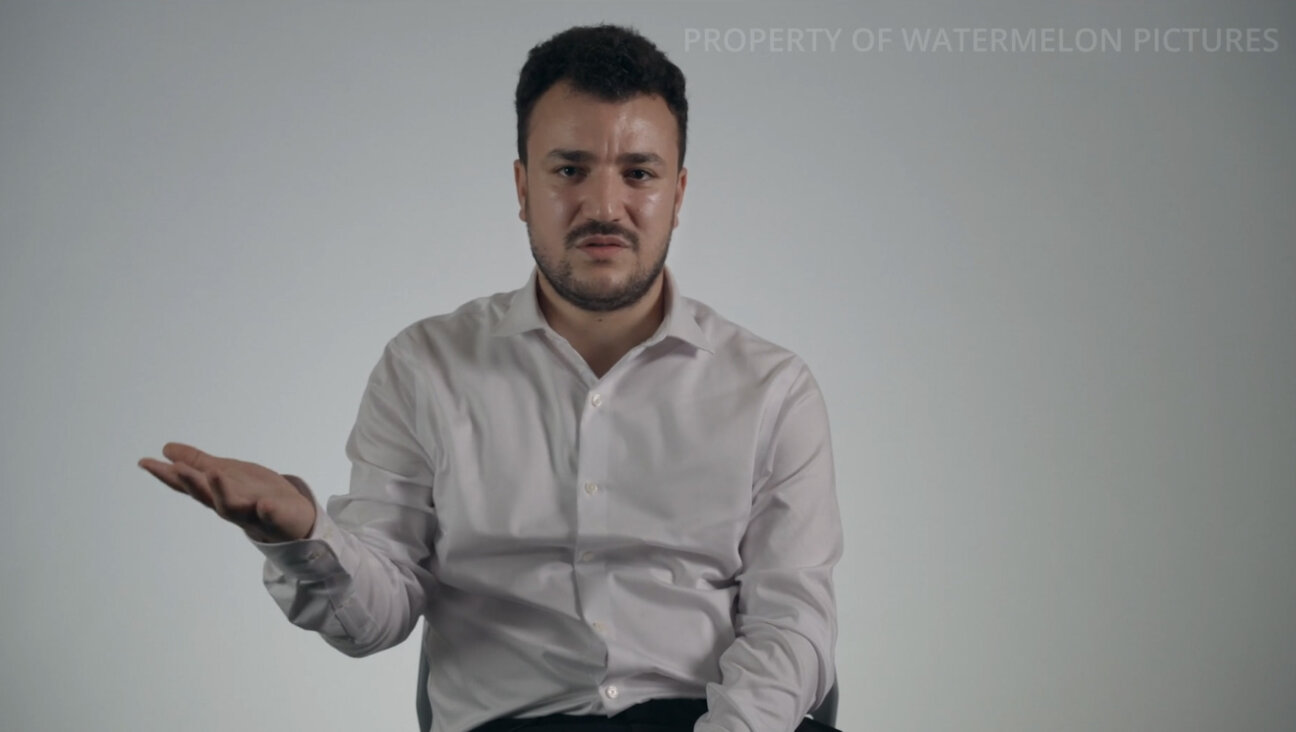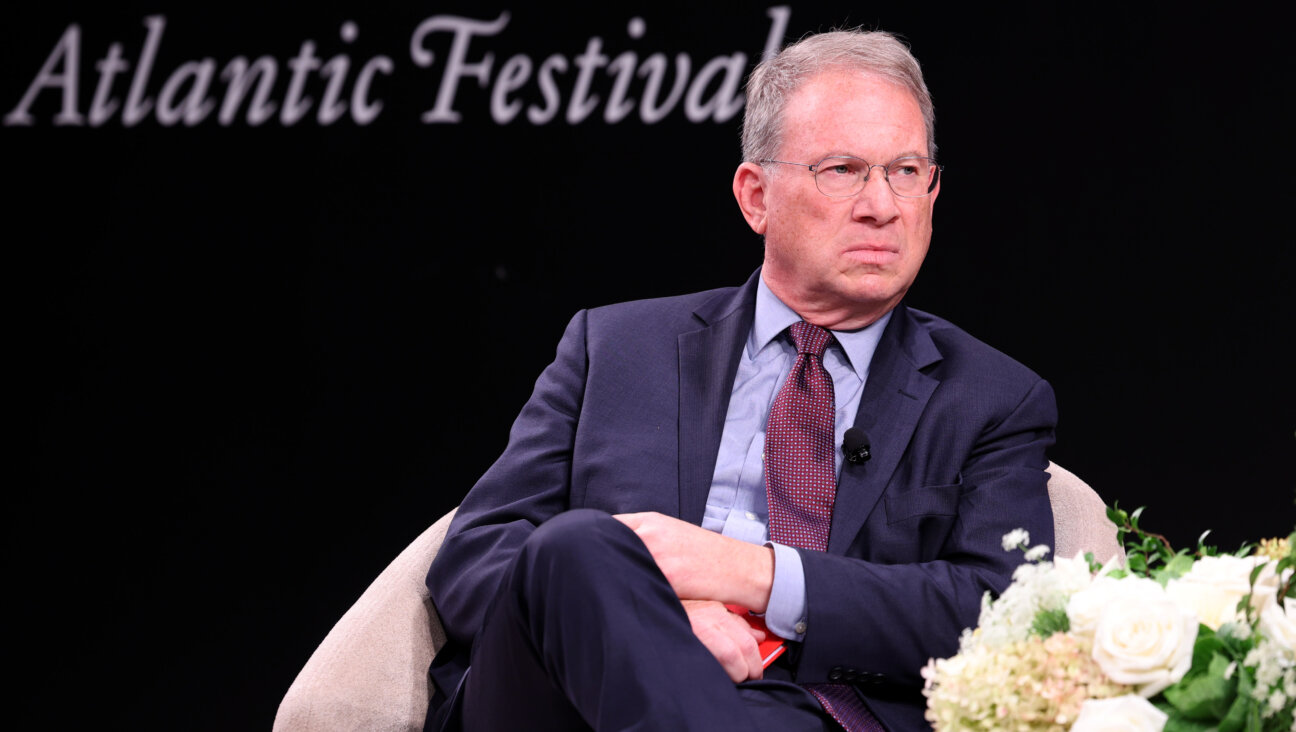Mysterious Characters
I once heard gay mystery novelist Michael Nava say that he found that some of his most devoted fans were straight, and they read his work because they love to see the world through a different perspective. It turns out that readers of “crime fiction” — a British term for mysteries that is gaining popularity in the U.S. — are far more likely than non-mystery readers to read about people unlike themselves. While the mystery is the key attraction, learning about another culture, another ethnicity, another country is often an added pleasure. And many mystery readers are omnivorous, gobbling a book a day and always looking for something new.
When you pick up a mystery or thriller and enter into it, you’re most likely identifying with the sleuth. Whether she’s the fiercely intelligent black cop Charlotte Justice in a Paula L. Woods series set in Los Angeles or a slapsticky skip tracer like Janet Evanovich’s Jersey City heroine Stephanie Plum, the detective/protagonist solving a crime represents the forces of reason and justice fighting chaos: Super Ego vs. Id.
What better way, then, to reach “outsiders” and make points about your own background than to field a sleuth who is different from the larger society? The “minority” sleuths are outsiders who manage to represent the larger culture’s values while quietly educating the reader about their people of origin. We see this embedded education at work in Tony Hillerman’s deeply atmospheric Joe Leaphorn series, through which readers enter not just the scenery of the Southwest, but the Navajo mindset as well, in which investigating and asking questions isn’t simple or quick. The same goes for Walter Mosley’s poetic Easy Rawlins books in which the experience of being black in a white society is always part of the texture of the series, no matter what time period serves as the story’s backdrop.
Of course, not every Jewish crime writer picks a Jewish protagonist each time out, or even at all. In one series by award-winning S. J. Rozan, for instance, the main detectives are Chinese-American Lydia Chin and army brat Bill Smith. And some writers offer what one might call a Jewish gestalt, rather than anything specifically Jewish, as Marissa Piesman does in her hilarious Nina Fischman mysteries, which are as New York-funny as “Seinfeld.”
But choosing a Jewish sleuth creates at least the opportunity to instruct non-Jewish readers, subtly or otherwise, on a whole range of Jewish issues. Harry Kemelman’s wildly popular Rabbi series offers sweet lessons in (very) basic Judaism for the uninitiated. Other Jewish writers have taught non-Jewish readers about everything from the particular pleasures and strictures of Orthodox observance (Faye Kellerman) to the nature of the Holocaust’s impact on survivors and postwar Jews (Rochelle Krich). And writers like Batya Gur and Steven Hartov take us deep inside Israeli culture, enabling us to feel what it is to live and work there, to be an Israeli. In Janice Steinberg’s “Death in a City of Mystics,” an elderly American Jewish woman celebrates finally having a bat mitzvah by spending Passover in Safed, and the lure of kabbala is a prime subject, as are the complexities of the American Jewish encounter with Israel.
One layer of the Israeli experience, though, had lain fallow: the period of British Mandate Palestine. That is, until English author Jonathan Wilson appeared on the scene. He has a grasp of period as deft and compelling as Alan Furst’s in his World War II-era thrillers, though Wilson is not as well known. His first novel, “The Hiding Room,” brought together a shattered Viennese Jewish refugee and a British police officer in 1941 Palestine for a complex and haunting tale of intrigue, love and betrayal. His new thriller, “A Palestine Affair,” moves further back, to London in the 1920s, where the battlefield stench of World War I hangs over Zionists and anti-Zionists, Jews and non-Jews, as the tension for control of Palestine slowly builds. (One of the more intriguing mystery elements of this book, in our post-Rabin assassination era, is that the Jewish murder victim hasn’t been killed by an Arab, but by another Jew.) Less action-oriented than Hartov’s books, Wilson’s novels are moody, darkly romantic thrillers with a haunting sense of place, and they give us those lost decades back as a gift.
Historical mysteries are a huge part of the crime-fiction market, and the preponderance of them are set before the 20th century. The 1920s and pre- and post-World War II eras are also periods of particular interest to mystery readers, taking them from Charleston to the charnel house. Welsh poet and author Dannie Abse’s new historical mystery, “The Strange Case of Dr. Simmonds and Dr. Glas,” is not only a novel about personality doubles, but its themes and settings are doubled as well. The Welsh Jewish author interweaves stories set in 1950s London and turn-of-the-century Sweden while exploring British antisemitism after the Holocaust. His Jewish doctor wanting to believe he’s not antisemitic is no different from the British officer in Wilson’s “The Hiding Room,” whose visceral Jew-hatred battles unsuccessfully with his love for a Jewish refugee.
When David Liss debuted in 2000 with a widely praised book, “A Conspiracy of Paper,” about the world of a Jew of Portuguese ancestry operating in the early-1700s London stock market, most reviewers missed his inadequate handling of the protagonist’s Jewishness. But in his new book, “The Coffee Trader,” Liss puts Jewish identity front and center, and the result is a far more successful and focused thriller. In it, the hero is Miguel Lienzo, a Jewish futures broker (whom Liss identifies as an ancestor of his protagonist in “Conspiracy”). Lienzo’s many contacts with non-Jews provoke suspicion and controversy among 17th-century Amsterdam’s Jewish authorities, and they are played out in detail as thrilling as the manipulations of the coffee bean market. It’s tempting to imagine Liss entering Anne Perry territory and following the fortunes of Lienzo’s family into Victorian England.
Abse, Liss and Wilson have charted exciting new territory in Jewish mysteries, but there’s a core to this genre that is very old. In the introduction to his latest book, “Criminal Kabbalah,” Lawrence Raphael writes that Jewish mysteries are not Jewish only because they illuminate Jewish culture, tradition and identity; the genre itself is profoundly Jewish, offering a literary version of tikkun olam, or healing of the world: “The principal instrument for repairing the broken world… is the activity of good deeds. Solving crimes, righting wrongs, establishing order from chaos… parallels the Jewish mystical tradition of Kabbalah.”
Not surprisingly, all three mysteries reviewed in this special “mysteries” section of the Forward deal with geographical displacement, a Jewish theme as old as the stories of Genesis and as new as the Holocaust. As poet Melanie Kaye/Kantrowitz puts it so powerfully: “i can’t go back/where i came from was/burned off the map/i’m a Jew.”
Lev Raphael is the mysteries columnist for the Detroit Free Press. His novel “The German Money” will be published in September.
The Forward is free to read, but it isn’t free to produce

I hope you appreciated this article. Before you go, I’d like to ask you to please support the Forward.
At a time when other newsrooms are closing or cutting back, the Forward has removed its paywall and invested additional resources to report on the ground from Israel and around the U.S. on the impact of the war, rising antisemitism and polarized discourse.
Readers like you make it all possible. We’ve started our Passover Fundraising Drive, and we need 1,800 readers like you to step up to support the Forward by April 21. Members of the Forward board are even matching the first 1,000 gifts, up to $70,000.
This is a great time to support independent Jewish journalism, because every dollar goes twice as far.
— Rachel Fishman Feddersen, Publisher and CEO
2X match on all Passover gifts!
Most Popular
- 1

Film & TV What Gal Gadot has said about the Israeli-Palestinian conflict
- 2

News A Jewish Republican and Muslim Democrat are suddenly in a tight race for a special seat in Congress
- 3

Fast Forward The NCAA men’s Final Four has 3 Jewish coaches
- 4

Culture How two Jewish names — Kohen and Mira — are dividing red and blue states
In Case You Missed It
-

Books The White House Seder started in a Pennsylvania basement. Its legacy lives on.
-

Fast Forward The NCAA men’s Final Four has 3 Jewish coaches
-

Fast Forward Yarden Bibas says ‘I am here because of Trump’ and pleads with him to stop the Gaza war
-

Fast Forward Trump’s plan to enlist Elon Musk began at Lubavitcher Rebbe’s grave
-
Shop the Forward Store
100% of profits support our journalism
Republish This Story
Please read before republishing
We’re happy to make this story available to republish for free, unless it originated with JTA, Haaretz or another publication (as indicated on the article) and as long as you follow our guidelines.
You must comply with the following:
- Credit the Forward
- Retain our pixel
- Preserve our canonical link in Google search
- Add a noindex tag in Google search
See our full guidelines for more information, and this guide for detail about canonical URLs.
To republish, copy the HTML by clicking on the yellow button to the right; it includes our tracking pixel, all paragraph styles and hyperlinks, the author byline and credit to the Forward. It does not include images; to avoid copyright violations, you must add them manually, following our guidelines. Please email us at [email protected], subject line “republish,” with any questions or to let us know what stories you’re picking up.














